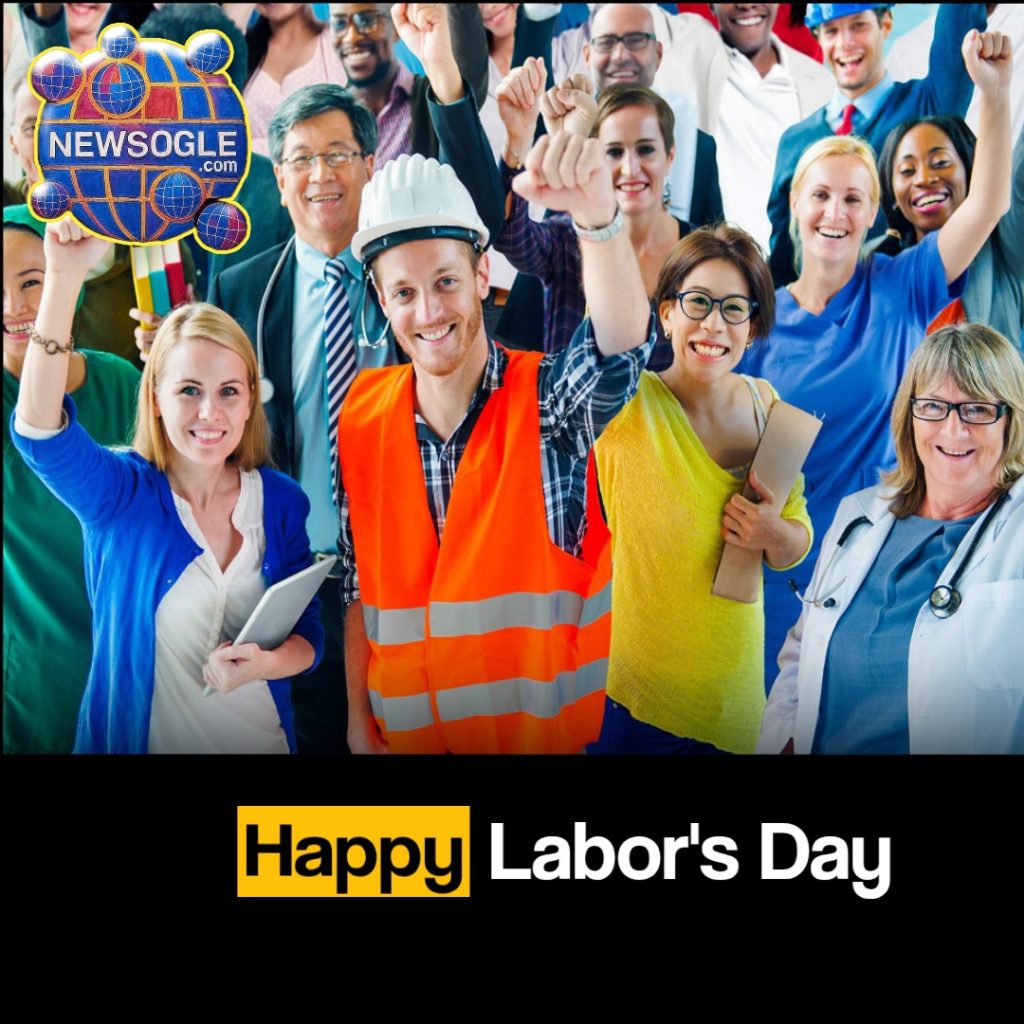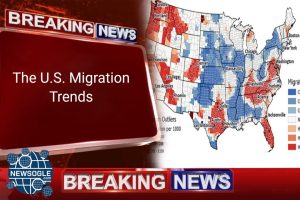
Labor Day is a federal holiday in the United States observed on the first Monday in September. It honors the American labor movement and recognizes the social and economic achievements of workers. More than just a day off, it is a celebration of the efforts and gains made by workers to improve their working conditions, wages, and rights. This detailed examination traces the origins of Labor Day, key milestones, and how it has evolved into a national celebration.
Origins of Labor Day
The origins of Labor Day date back to the late 19th century during a period of rapid industrialization in the United States. The industrial revolution had brought prosperity but also harsh working conditions for many laborers. Long hours, hazardous environments, low wages, and child labor were common. Workers began organizing to demand better treatment and safer workplaces.
The labor union movement grew in strength, advocating the infamous “eight-hour day” as a basic right: eight hours for work, eight hours for recreation, and eight hours for rest. Within this context, the idea of a day to celebrate and honor workers emerged.
The first Labor Day was celebrated on September 5, 1882, in New York City. The Central Labor Union (CLU), a coalition of different labor organizations, orchestrated a parade with around 10,000 workers marching through the streets. This first observance showcased the unity and strength of the labor movement and was marked by speeches, picnics, and festivities. The date had no specific major significance but was chosen as it fell roughly halfway between Independence Day and Thanksgiving, giving workers a midpoint holiday to look forward to.
There is some debate about who specifically founded Labor Day. Two prominent figures are Peter J. McGuire, co-founder of the American Federation of Labor and a carpenters’ union leader, and Matthew Maguire, a machinist and secretary of the Central Labor Union. Both have been credited at different times with proposing the idea of celebrating a day for workers, but what remains undisputed is that the inception was firmly rooted in the organized labor movement.
Expansion and Early Recognition
The idea of honoring labor soon spread beyond New York. By 1887, Oregon became the first state to officially recognize Labor Day as a public holiday. That same year, other states, including Colorado, Massachusetts, and New Jersey, established the holiday in September, cementing the date across multiple parts of the country.
During the late 1880s and early 1890s, Labor Day celebrations featured parades, speeches from labor leaders, and other community events to draw public attention to the importance of workers and unions. The solidarity demonstrated by these events is widely credited with strengthening the organized labor movement at the time.
Labor Movement Struggles and the Haymarket Affair
A pivotal event highlighting the struggles of the labor movement was the Haymarket Affair of 1886 in Chicago. Workers were striking for an eight-hour workday, and what began as a peaceful rally turned violent when a bomb was thrown at police, resulting in deaths on both sides and subsequent harsh crackdowns on labor activists. Though tragic, the Haymarket Affair brought national attention to the plight of workers and cemented May 1 as International Workers’ Day or May Day in many countries outside the U.S.
In America, however, May Day was associated largely with socialist and communist groups and did not gain mainstream acceptance. Instead, the less controversial September date for Labor Day gained favor among politicians and mainstream labor organizations.
Federal Recognition Amid Labor Unrest
Labor Day became a federal holiday in 1894, during a time of intense labor unrest and activism. That same year saw the Pullman Strike, a nationwide railroad strike sparked by wage reductions and layoffs in the Pullman Company. The strike escalated into violence when federal troops were called in to break it up, significantly raising public awareness about labor issues in the United States.
In an effort to heal tensions and show support for workers, Congress passed a bill making the first Monday in September Labor Day a national holiday, which President Grover Cleveland signed into law on June 28, 1894. Initially, the holiday applied only to federal employees, but it soon became widely observed.
Labor Day’s Significance and Evolution
Labor Day symbolizes more than just a day off for workers. It is a tribute to the social and economic contributions of laborers who built the foundation of modern America. The holiday recognizes the collective achievements of labor unions to secure safer working conditions, fair pay, reasonable hours, and employee protections.
Throughout the 20th and 21st centuries, Labor Day celebrations became associated with parades, picnics, barbecues, and public festivities. The holiday evolved to represent the unofficial end of summer in the U.S., with many people enjoying a long weekend before the start of the school year and fall season.
Despite changes in how Labor Day is celebrated, the core significance remains intact as a day to honor the workforce and reflect on the enduring fight for workers’ rights.
Modern Observances
Today, Labor Day weekend is often marked with family gatherings, community events, and relaxation. Many retailers hold sales, and for many Americans, it signals the transition from summer to autumn. However, labor unions and activists continue to use the holiday to raise awareness about ongoing labor issues, advocating for protections such as livable wages, workplace safety, healthcare benefits, and the right to unionize.
Parades and ceremonies often feature speeches by labor leaders and politicians, celebrating historic victories in workers’ rights and emphasizing the ongoing importance of labor in shaping society.
Labor Day Compared to International Workers’ Day
It is important to distinguish Labor Day in the U.S. from May Day, or International Workers’ Day, observed on May 1 in many countries. While both holidays honor workers and labor movements, May Day has roots in the socialist and communist labor movements and is widely celebrated globally as a day of political demonstrations and labor rights activism.
In contrast, the U.S. version of Labor Day, celebrated in September, developed primarily from a pragmatic and less politically charged background. The choice of the September date was partly to avoid the more radical associations of May Day.
Trivia and Interesting Facts About Labor Day
- The first Labor Day parade in New York City in 1882 included bricklayers, dressmakers, typographers, jewelers, and other tradespeople marching with their union locals.
- Oregon is recognized as the first state to declare Labor Day a legal holiday in 1887.
- Labor Day was signed into federal law by President Grover Cleveland shortly after the violent Pullman Strike, which underscored the urgent need for addressing workers’ issues.
- Although initially federal employees were the only ones guaranteed the holiday off, by the 1930s, many states and employers recognized the day as a paid holiday.
- While Labor Day marks the unofficial end of summer, it retains its original spirit by honoring labor and the ongoing work to improve conditions and rights for workers.
Conclusion
Labor Day stands as a powerful reminder of the contributions and struggles of America’s labor force. From its origins in the labor unions’ fight for fair working hours and safer conditions to its recognition as a federal holiday amidst social unrest, the day honors the achievements of workers and the labor movement’s enduring impact.
Though often associated with leisure today, the holiday’s foundation is deeply rooted in respect and recognition for the workforce—past and present. It serves both as a day of celebration and a reminder of the ongoing need to fight for workers’ dignity and protections in the ever-evolving landscape of labor rights.
- https://www.dol.gov/general/laborday/history
- https://en.wikipedia.org/wiki/Labor_Day
- https://www.britannica.com/topic/Labor-Day
- https://www.investopedia.com/news/history-labor-day/
- https://www.jagranjosh.com/us/explainers/labor-day-us-federal-holiday-timeline-1860001018
- https://www.jagranjosh.com/general-knowledge/trivia-facts-on-labor-day-1820002076-1
- https://www.usatoday.com/story/news/nation/2025/09/01/labor-day-2025-holiday-history/85885724007/
- https://www.lapl.org/collections-resources/blogs/lapl/labor-day-america-not-just-another-beach-day
- https://en.wikipedia.org/wiki/Labour_Day








